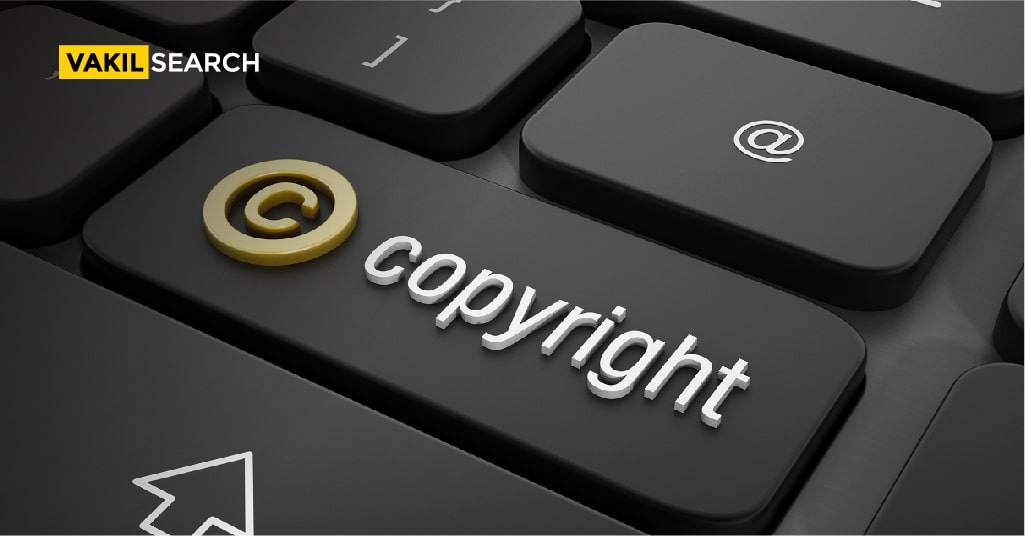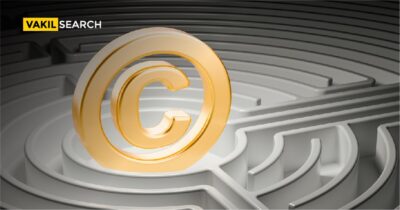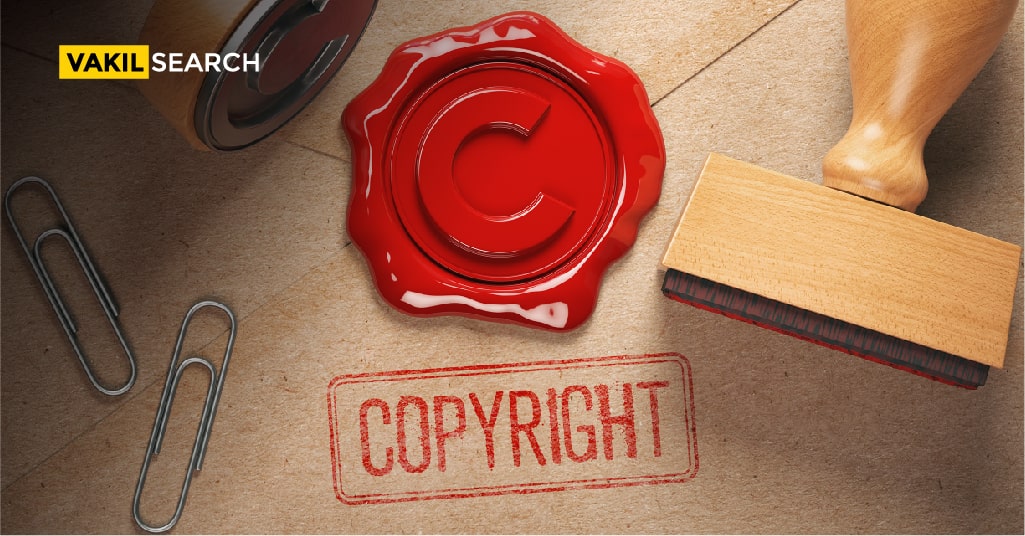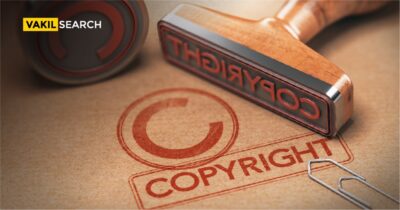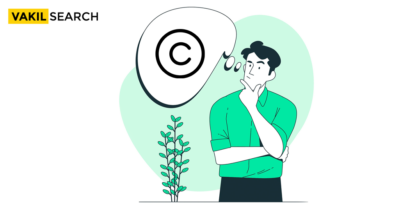In this post, learn about the Copyright Act, its operation, and Copyright Protection Needs and Conditions.
Introduction – Copyright Registration Framework
Intellectual property refers to the creations of thoughts, discoveries, literature and creative pieces, and emblems, titles, and pictures applied in trade. The judiciary will be significantly impacted if copyright laws are broken. In contrast, the law mandates institutions to utilize copyrighted works for professional and scholarly purposes without the owner’s consent. In reality, copyright legislation makes any violation or refusal of the reasonable use of library resources and services unlawful. The point of this article is to discuss copyright issues. In addition, the power to make exact replicas of online content for all and the ease with which duplicates can be distributed promotes misuse, unlawful distribution, counterfeiting, and exploitation. In this article we’ll learn about Copyright Registration Framework, Copyright Act, why it is required and who is eligible for Copyright Registration Framework.
However, online “invaders” frequently use famous friend technology to unlawfully transmit digital copyrighted content, infringing on the copyright owners’ legal rights.
Data Protection Monitoring systems aim to safeguard and enforce rights under the law related to the use of metadata published on the Internet. Still, they may also disrupt the flow between posting content and raise privacy concerns.
The former is created to safeguard the ownership and transmission of secret information, whereas the latter is intended by intellectual property law. In light of modern reality, this post provides a detailed examination of IP law on protection.
Copyright Act
You immediately own a system of laws if you generate a new task. To visualize how these privileges can be used or licensed, think of them as a bunch of twigs, with each piece representing a unique right endowed in you as the proprietor. These privileges include reproducing the content, republishing, making copies, openly performing the work, and exhibiting the task.
Protection of Copyright
Although copyright doesn’t safeguard ideas and knowledge by itself, it does protect the unique manifestation of those concepts. Only scholarly, theatrical, melodic, and aesthetic works are protected by copyright. The rights that each of these groups has differed.
The autonomous generation of similar projects is not protected under copyright law. Multiple copyrights may exist for specific works – particularly movies, broadcasting, and digital goods – making lawsuits against violation more difficult.
Unlike other property rights, registering does not grant copyright; rather, it arises naturally from forming the original piece in a tangible form.
This legal right lasts for the founder’s lifetime as the author, although this varies depending on the nature of the work and whether it has been released. However, a copyright statement containing the founder’s name and date is not required; it may assist in proving your copyright.
Even after licensing copyrighted material to others, copyright law always safeguards the inventor permanently or temporarily. Ethics give the owner the right to preserve his name on the work in eternity and safeguard him against any deformation or manipulation of the work and any other unpleasant act associated with the work that would harm the artist’s prestige. Below there are the prerequisites for copyright law: –
- The work must be unique – It means it must have been inspired and not copied from another source; the job has to be made for about the first time.
- It has to be quantified in some way – The work’s display must be informative and visual, and it must be identifiable in a set form or recognized in its structure.
- The first edition – An original concept should not have been previously released.
- Material published after the author’s demise – The author must have been a citizen of India at the time of death if the project had been accepted in India.
Know more: Copyright Objection Form
Who is Eligible to Register for Copyright Protection?
In the case of existing literature, theatrical, melodic, and artistic creations, the copyrighted period is made by the author’s existence plus 70 years from the author’s demise. The timeframe for various scholars is 60 years following the demise of the last creator.
The copyright duration for works is 60 years from the date of release.
The originator of the work and the person who has acquired rights to the original material might claim rights. In this scenario, the person is not identified as the work’s creator. The label focuses on the company.
If two people participate in a piece of writing, they share ownership rights unless the person agrees accordingly. There seems to be no maximum age for receiving ownership. A juvenile can also enlist for one of them.
- The person who originated the piece.
- anyone claiming to have inherited the legal title from the originator
- A representative was allowed to intervene on behalf of the persons mentioned above.
Copyright Registration framework
Below given are the steps for Copyright Registration Framework:
- Submit a Proposal – The creator of the piece, a copyrighted applicant, the holder of a certain right to the work, or an authorised representative must submit an appeal in person at the administration of the copyright, by postal, or using the government platform’s e-filing service.
A new application must be submitted to the registrar for each project and the specifics of the work. In addition, the appropriate charge must be provided; different types of activity require different charges.
- Investigation – There is a thirty-day timeframe; the copyright examiner evaluates the submission. This time frame exists so that concerns can be raised and considered.
It is a case of zero imperfections if there is no error and all necessary papers are submitted with the application. The applicant is permitted to proceed to the next phase in this matter.
If any inconsistencies are discovered, a letter of disagreement is given to the applicant. The secretary performs a trial depending on his statement. The client may proceed to the following phase after the disagreement has been rectified.
- Enrolment – The enrolment stage is the last step along the way. The assessor may request more paperwork at this stage. The Secretary of Copyrights would put the information of the invention into the copyrighted record and provide a letter of approval after they were completely satisfied with the claimant’s Copyright claim.
The copyright registration cycle is done when the applicant receives the Samples of the Record of Copyrights.
Why Is Copyright Protection Required?
It’s vital to remember that licencing only safeguards the way a concept is conveyed, not the concept source, for instance, whether it’s written down or converted to another medium.
So, why is copyright law so significant? Well, why should you be worried if it occurs invariably? While your content is usually safeguarded, this does not ensure that others will not replicate it.
Performance Rights in Copyright Law should be safeguarded because they provide minimal protection for creators’ entitlement to their work, thereby ensuring and compensating their innovation. Because innovation is the cornerstone to growth, no modern country can manage to disregard the fundamental need to nurture it.
Innovation is essential for current societal socio-economic development. There’s also the idea of property as a rich tradition that can be transferred down a section of an inheritance. Copyrights may last for 70 years after the death of the founders in the case of literature, melodic, or artistic works, and approximately 50 years in the case of transmitting or publication.
Conclusion
Innovation is the most important condition for societal advancement. Fostering innovation promotes sustainable development. Copyright covers people’s ideas and serves as a source of inspiration for composers and writers. You can procreate, modify, publish, and redistribute your creations.
Although this appears to be simple, copyright registration: https://www.uspto.gov/ip-policy/copyright-policy is a tedious but vital process that might take one year. It is highly advisable to register your copyright. This is because it can help protect your interests for years, even after your demise.
After you’ve protected your copyright, it’ll be simpler to go to law and have the person who unlawfully duplicated your work penalised. To give additional security to content owners, the Copyright Protection of 1957 allows for incarceration varying from three years and a fine of not less than ₹50,000 if your claim is violated.
Helpful Links:


